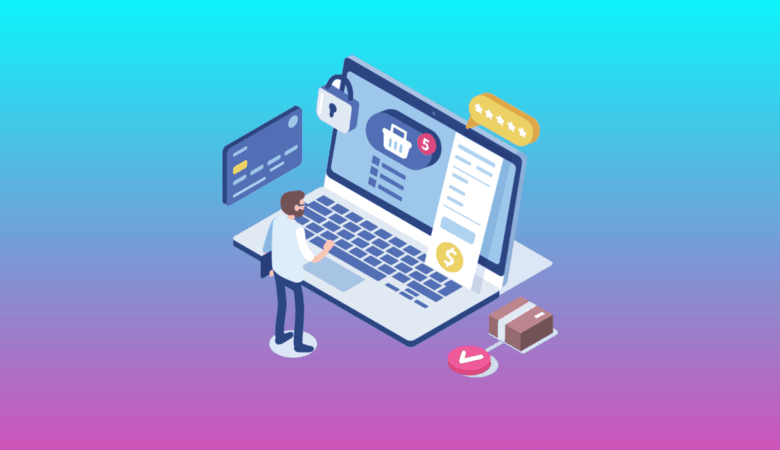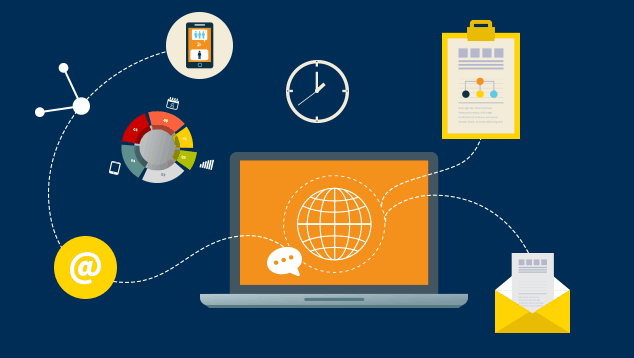Why does the user experience necessary for a mobile app? Well, the Statista report has an answer: the number of mobile app buyers in the US is expected to cross 85 million by the year 2018. If you find this picture rosy, then another survey has revealed that about 25 percent of downloaded apps are not used more than once. Here, user engagement comes into the picture.
Engaging user experience is essential as companies strive for establishing a mobile presence through customized enterprise mobile apps.
Here we are going to discuss how user engagement metrics help you get user experience solutions to meet changing user expectations:
Number of downloads
Statista has revealed that Google Play has over 2.2 million apps and App Store has over 2 million apps available for download. In this highly competitive app store scenario, the first and foremost parameter for success is the number of downloads. It is considered as the most important metric for evaluating success because it facilitates you to consolidate a broad user base.
However, you need to understand the source of your app for installation is necessary from a marketing viewpoint. It will assist you to evaluate the efficacy of your promotional efforts. Google Play Developer Console and iTunes Connect are the online tools you can use for knowing a number of app installations.
New and all users
Okay. After download and installation, it’s time to create a deeper engagement for the users. You can classify your audiences and track their specific behavior before launching an app marketing campaign.
You can measure user data through MAUs (Monthly Active Users), WAUs (Weekly Active Users), or Daily Active Users (DAUs). You can further divide the data into demography, devices, age, and gender to get the clear picture about the popularity of your app. You can plan for improving your app along with measuring engagement through these numbers. After all, active users decide the future of your app.
Google Analytics and Fabric are the useful tools to know your users.
Active users
Don’t get confused between the users and the active users. The active user metric is different than that for downloads and installations as it deals with finding the users who are using the app rather than just download and use it seldom. Most of the analytics tools have their criteria for an ‘active user’ based on the ‘session.’ For example, Google Analytics calculates a user session as the user opens and interacts with an app until half an hour of inactivity.
However, the number of active users is insufficient to measure app engagement.
Here is important information for you: The number of active users should be higher than the number of new users. It indicates that your app has recurring users who use it more than once.
Length of session
Session length is defined as a period between the opening and closing of an app. It indicates how long your users spend time in your app individually. The longer session duration is a parameter of a higher user engagement.
You can generate the value for users after knowing the average session length for your app.
Session interval
The time between two consecutive sessions is a session interval that shows the frequency of opening and using your app. You can have a look at the immediate value generated by the installation and access to your app through the session interval.
You cannot get direct improvement inputs through session interval, but you can certainly find out the retention value and stickiness of your app.
Average time spend
How would you find the duration for users to stay on your app over a certain period? ‘Time in app’ or ‘average time spend’ measure does it for you. It helps you find the value of your app to the users as you can identify the frequency of your app’s usage. Just like session interval and duration, this metric also assists you in understanding user behavior over time while offering a clear picture of usage patterns.
If users are staying away from your app for a long time, you need to find out the reason. App usage and engagement go hand in hand, and you can put more efforts in increasing user engagement in the case of getting negative feedback in average time spend.
Screen flow analysis
You can track exits by the screen, the total number of visits per screen, and the navigation flow between screens, etc. with the help of a screen flow analysis. You can visualize the interactions of your app visitor through this analysis. You can look at a particular screen to see the user interaction and behavior. You can find out the problem points, drop off screens, and obstacles in the way of conversion through looking at users’ navigational pattern in your application.
This metric gives you data regarding app’s flow, and you can come up with clearer funnels or in-app marketing campaigns for re-engaging users by keeping this data in mind.
App retention rate
It denotes the percentage of users who returned to your app at least once in a month. In the thriving mobile domain, retention rates are measured over the course of a business quarter i.e. 90-days period.
It helps you evaluate whether or not user retention is improving over the period. You can get retention rate across different devices and app versions as well.
Crash report
An app crash is the least wanted by any business person and developer alike. However, you can understand the technical glitches by tracking app crashes. Crashes give you data regarding how often your app closes abruptly due to any reason while harming the user experience.
Crashlytics, Instabug, HockeyApp are some of the tools that facilitate you to find out crashes. A test app is helpful during the app development process for identifying and fixing issues from scratch. You can also create a beta group for having a feedback before launch.
LTV (LifeTime Value)
It is total revenue you can earn from a user in a lifetime, i.e. s/he stops using your app. You can measure it through a monthly average use. Some formulas are also helpful in knowing the average revenue per customer.
LTV helps you find out how long you require retaining your users for garnering profit. You can also get a rough idea about the income you can make through your app in the future through LTV.
Localytics is a useful tool to get LTV for your app.
Conclusion
Your app is an outcome of your creativity and sincere efforts. It is not only useful for simplifying the complex business processes but also useful for expanding your business. It is necessary for you to know every ‘what’ and ‘why’ of user engagement to make your app a shining star in a mobile universe. You can achieve this goal through careful study of mobile app analytics.











